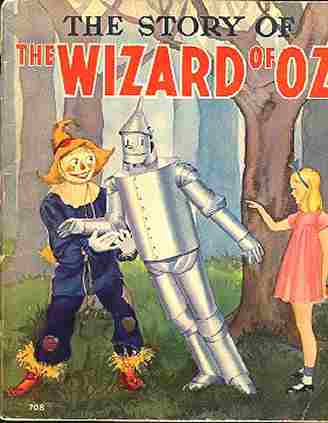The Ephemeral Lives of Children
 This announcement of an academic conference caught my eye not just for the topic but also for the thoughtful discussion of that topic:
This announcement of an academic conference caught my eye not just for the topic but also for the thoughtful discussion of that topic:
Enduring Trifles: Writing the History of Childhood with EphemeraDetails about registration will be posted 15 October on the web page of the Cotsen Children’s Library.
17-19 February 2011, Cotsen Children’s Library, Princeton University
We are accustomed today to a market in which goods for children represent substantial industries, but children have been increasingly targeted in the English-speaking world’s consumer culture since the early industrial period.
The desire to meet the developing child’s needs provided the print trades with an impeccable rationale for producing an array of paper ephemera to “improve the shining hour” in the school room, the parlor and beyond. By highlighting the variety of children’s ephemera from the eighteenth century to the present, this conference hopes to demonstrate its potential for studying the history of childhood.
“Ephemera” is a multi-faceted concept which this program will explore with reference to children's material culture, perceived needs, and prevailing constructs of childhood, pleasure, play, and learning. The Shorter Oxford defines “ephemera” as an item “of short-lived interest or use…collectable items originally expected to have only short-term usefulness or popularity.” Thus a fragile artifact can be defined as ephemeral. Similarly, if its content is slight, its format or genre perceived as trivial, or it reflects contemporary events of passing interest, it can be considered ephemeral.
But the word also has another key meaning with respect to children’s things: an object or text can be ephemeral by design if conceived for use during a particular stage in a young person’s cognitive or social development. For all these reasons, Western culture has tended to devalue children’s material and their ephemera is more susceptible to casual disposal than the property of adults.
Although juvenile ephemera is eagerly sought by collectors, scholars tend to overlook this rich resource for evidence not only of distinct cultures of childhood, but also of children’s place in the larger historical picture. The unprepossessing object, such as the rag book, the poem composed by a child, the board game, the fund-raising ticket, the printed school form, the book cover, the paper doll, or the cookbook, can refract contemporary political, social, and cultural ideas, as well as perform the important cultural work of diffusing knowledge, forming values, and creating senses of identity and of community. Scholars at this conference will examine aspects of the history of childhood in Britain and the United States of America between the eighteenth and twenty-first centuries from the perspectives of book history, gender studies, and the histories of science, religion, political movements, education, and literature.
The program will also include two workshops where the presenters will have actual artifacts on hand for viewing and a round table on children’s ephemera collecting, collection management, and the special challenges of making such materials available for research.
Image above from Gasoline Alley Antiques’ page of Wizard of Oz memorabilia.


No comments:
Post a Comment